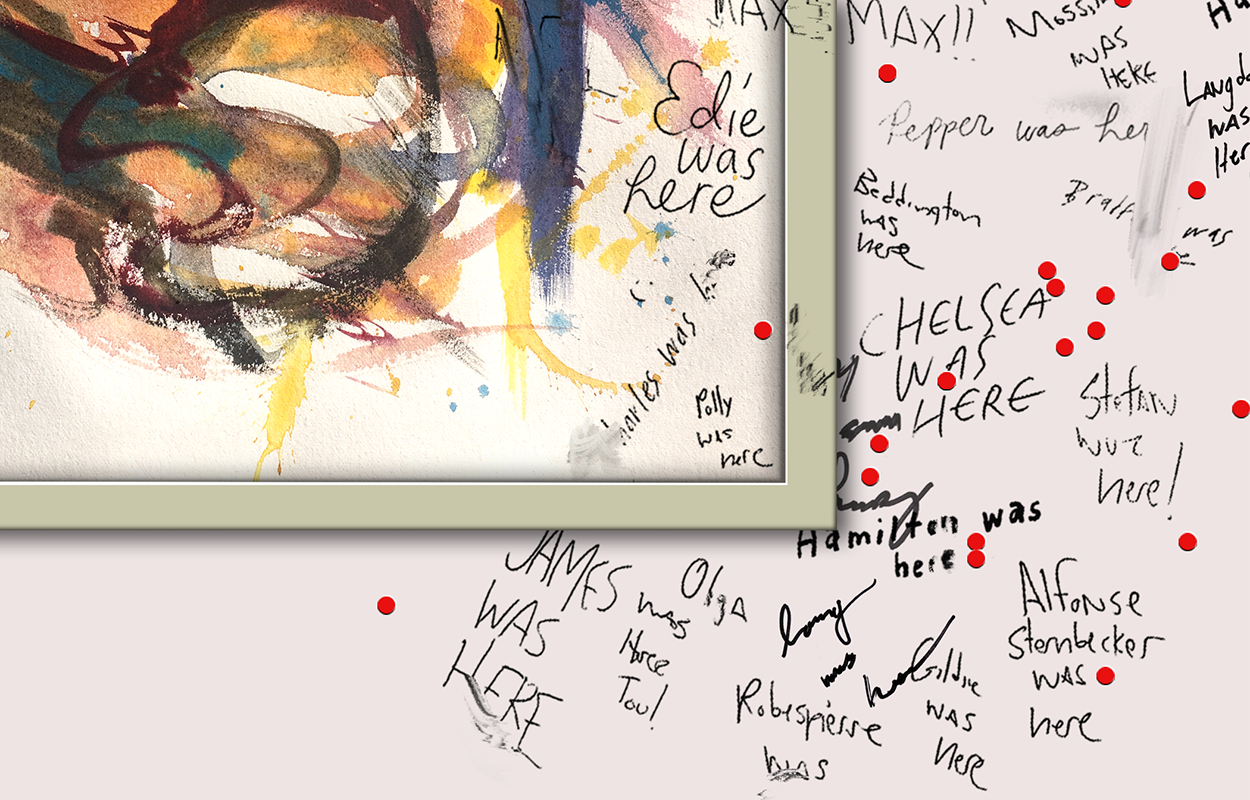Even though it’s real, you could be forgiven for thinking that the upcoming Antarctic Biennale is actually just a high-concept joke. The website hits all the cliché design notes, and its tone is just the right amount of preachy. It would also seem to subvert the notion of a biennial in a far-flung locale that you would actually want to visit—like São Paulo or Istanbul, both of which host their own—and the idea of art as a vital part of human survival, which it is, but not in the same way that, say, eating food and staying warm are.
Were this a joke, another great element would be the way it plays with the current oversaturation of biennials, as if they’ve run out of places to do them and were forced to stage one in the wilderness.
Let’s get this out of the way early: Just about the only biennials that really and truly matter occur in Venice and at the Whitney, in New York. I’ll include Documenta in this, but that isn’t even a biennial because it happens every five years. But it’s included in an Artnet article I found called “World’s Top 20 Biennials, Triennials, and Miscellennials … ”
No. Stop. Biennials matter, but not that much. I’m sure I’ve already lost every professional curator with that premise, but it may, indeed, be relevant to you.
Do you remember the scene in The Devil Wears Prada where Anne Hathaway says something like, “Who cares what color a belt is?” and Meryl Streep says something like, “Your sweater is that formerly trendy color because I anointed it a good color after seeing it on some runway five years ago, and then the plebs caught on, and then you finally did”? A burn for the ages, but it’s also how a lot of cultural dissemination works, whether at film festivals or book fairs or wherever they invented avocado toast.
Biennials are like that for art, which is also vastly less relevant than any of those things—movies, books, avocado toast. Whenever a non-art friend in New York asks if he should swing by a local fair I always say, “Only if you’ve seen almost every show at almost every museum in New York lately.” And only if he’s seen almost every show at almost every top gallery in New York lately. Because, in that order, those are the places most people should see art as it disseminates. You don’t need to bother with art fairs until you’ve exhausted all other venues, because art fairs are really just the Anne Hathaway’s shitty sweater of art: so low on the dissemination matrix that they’re boring. What kind of person says “No thanks, I don’t have time for a gallery show, just give me the Cliffs Notes version, in a booth”?
So biennials are the Meryl Streep side of things, above even the museums. They’re for curators, art historians, and dealers. Now, wasn’t it slightly thrilling to see a work by Goshka Macuga at the Fridericianum in Kassel, Germany, in 2012, and then see the exact same piece at the New Museum in New York four years later? Absolutely. But I could have lived without that thrill and you, who do not make most of your money writing about art, probably could have as well. And that was at Documenta, one of the three I hyperbolically described as the only ones that matter.
Let’s return to that Artnet list of the “Top 20.” Of those 20, 14 were started after 1984, which is when they launched the one in Havana. The proliferation is real, and can you blame these places for starting them? The purpose of a biennial is to publicize not only lesser-known artists, whose work may not be as commercial as others, but the city or country—or uninhabitable continent—hosting it. Because it’s not like most biennials these days even show local artists.
The thing about the jet set is that its members really do like to travel and spend money. All this really came together for me this past Art Basel in Switzerland. The UNAIDS gala, the biggest fête of the fair, was headlined by Duran Duran, a band I always identify with Roger Moore phoning in James Bond in A View to a Kill.
I’m not calling the organizers of these biennials cynical, but it was the money of the 1980s that gave way to this kind of hyper-wealthy culture vulture, the guy who likes both to role-play as an aging James Bond and high-road you for not going to DAK’ART, the Dakar Biennale. He can go to these things, and brag about them, but you and I both know he probably didn’t spend enough time at the Agnes Martin retrospective at the Guggenheim.

